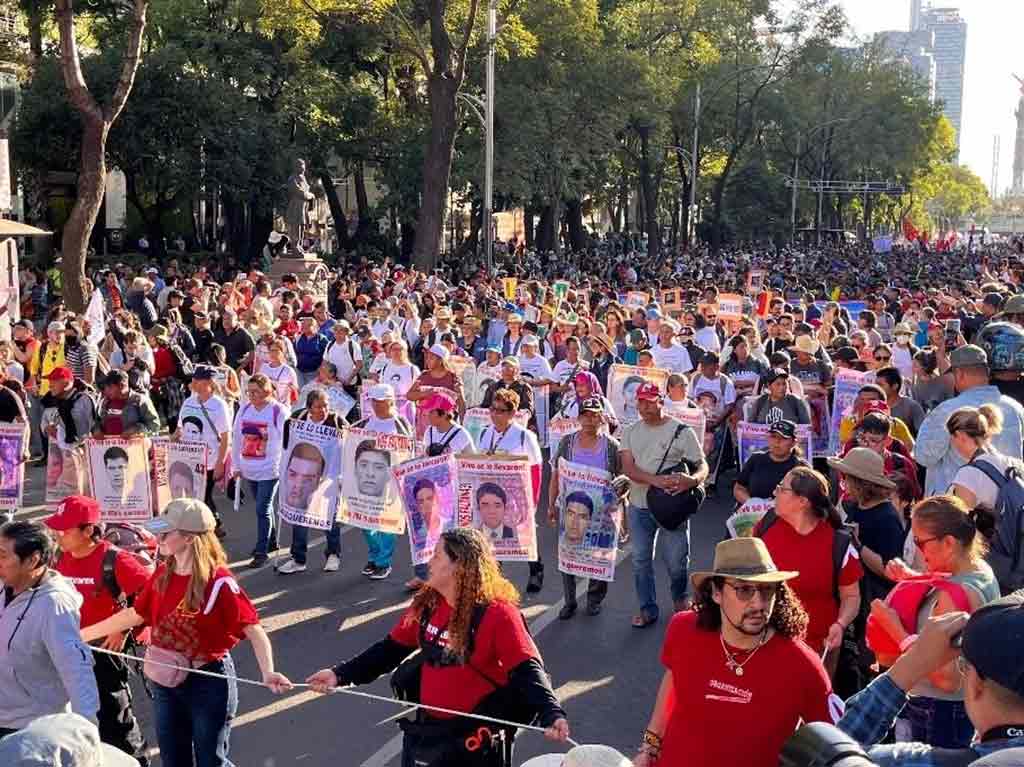The documents also show that the Army knew what was happening and that the objectives that were being investigated prior to the events had information in real-time about possible destinations of the missing students, the people involved, their relationship with ministerial authorities, and places where they possibly took shelter.
The Undersecretary of Human Rights, Population and Migration released an attachment to the second COVAJ report with information found after carrying out an exhaustive search in the archives of the Technical Secretariat, in particular of the 17,061 pages delivered by the military to the Commission.
The document details that six of the folios found are dated before September 26th, 2014, and they describe the monitoring of members of organized crime and fights for territory between criminal groups.
Another eight pages are dated after the disappearance of the 43 students, and contain 21 excerpts of conversations, actions that occurred after the acts of violence, references to search sites for students, and actions undertaken by social organizations.
The documents found demonstrate “that all authorities were aware of what was happening on September 26th and 27th, 2014”; there are also dialogues of unknown involved people talking about “bodies of ayotzinapos”, and that police and soldiers spent the night “drugged, killing and raising chaos.”
jrr/llp/oda/lma









